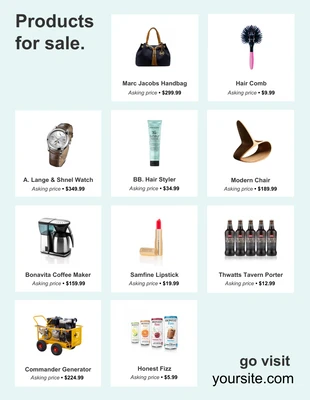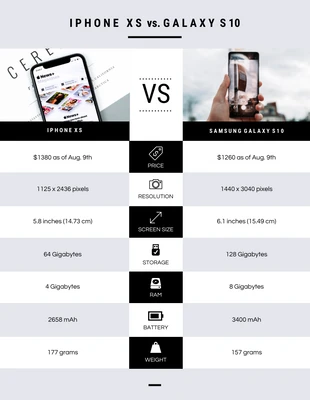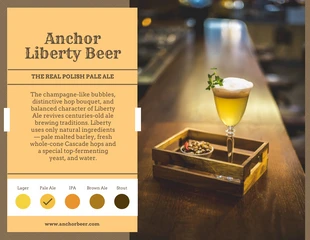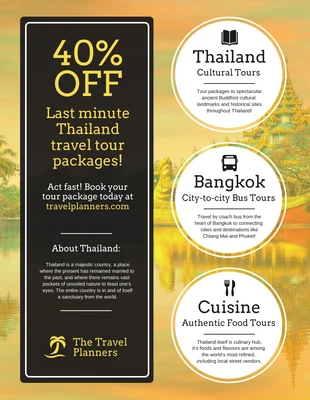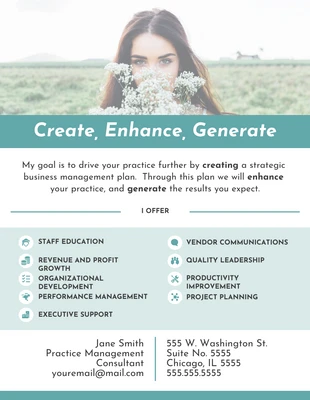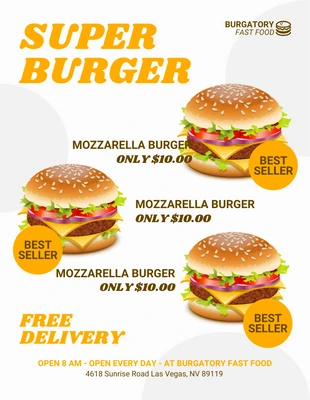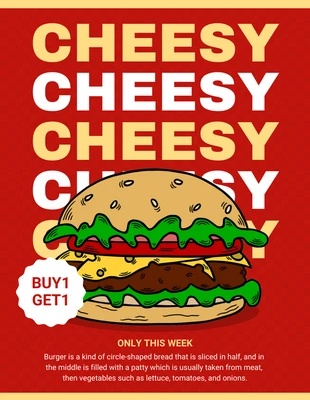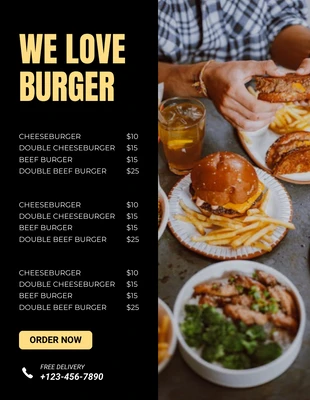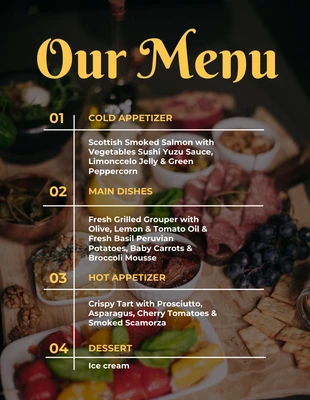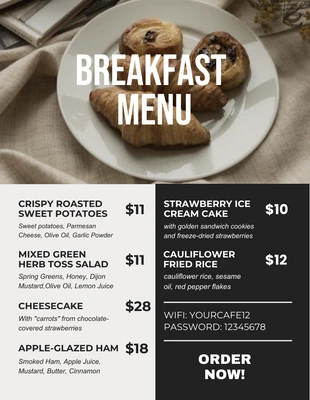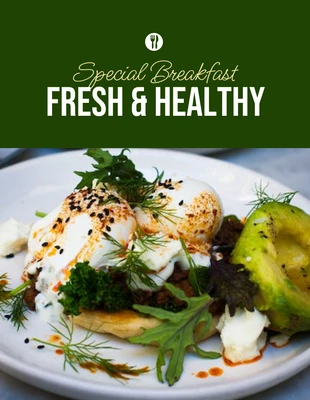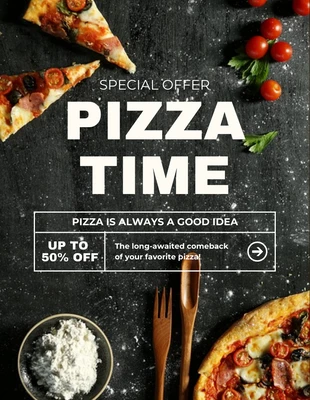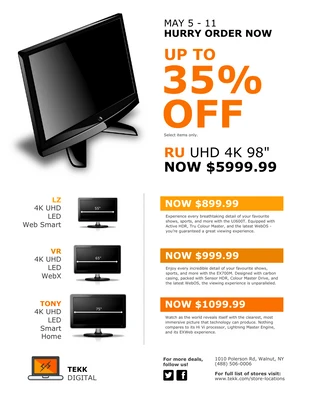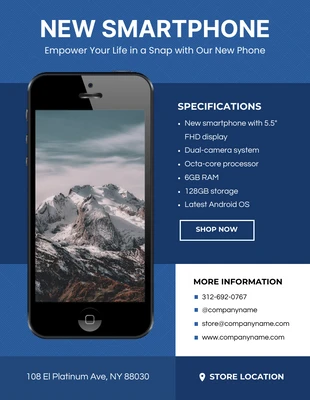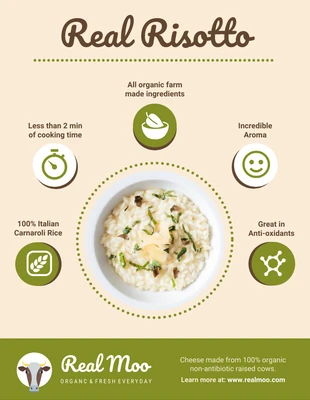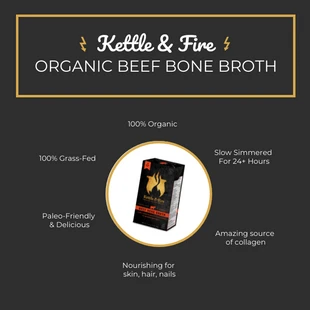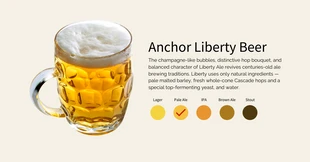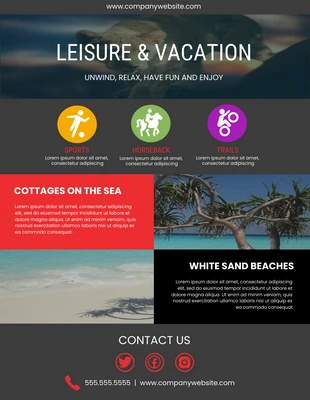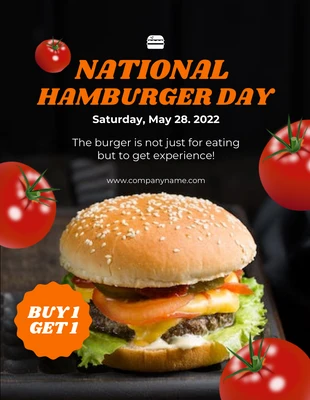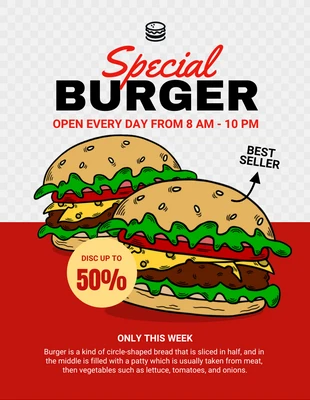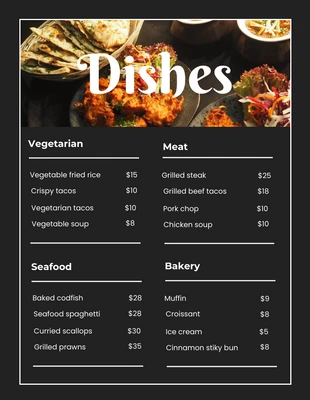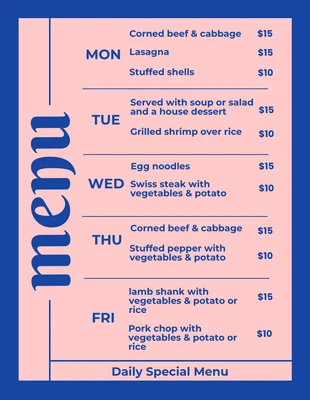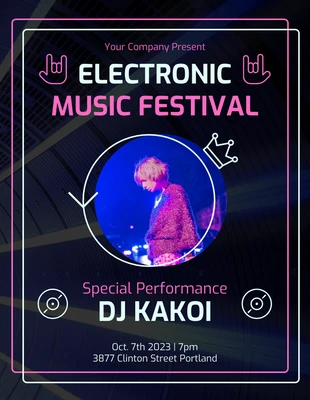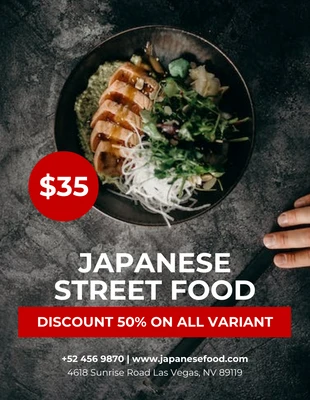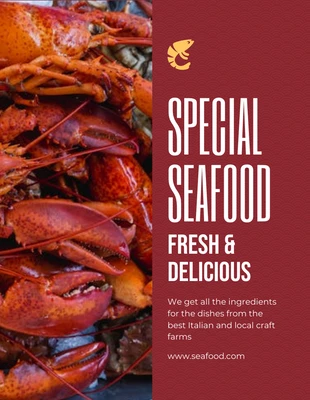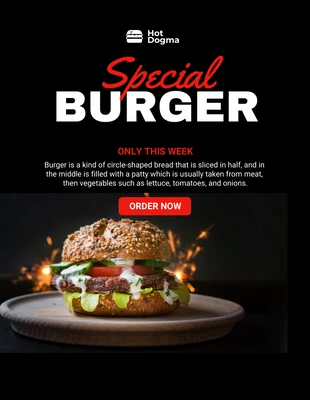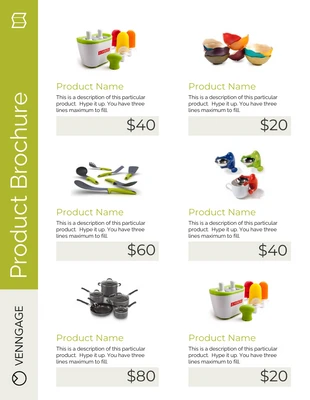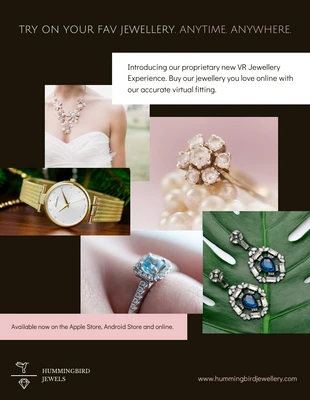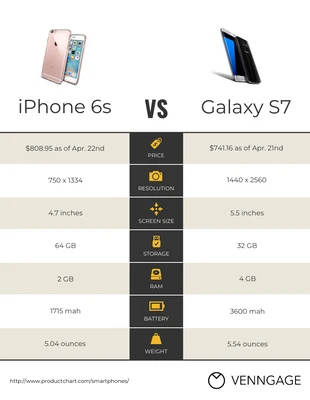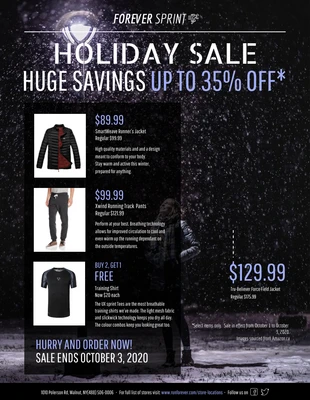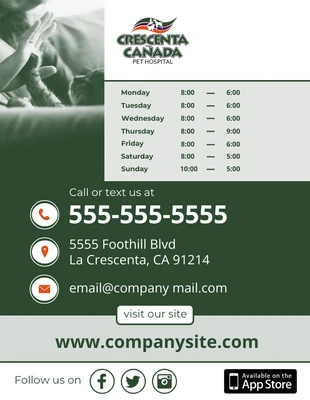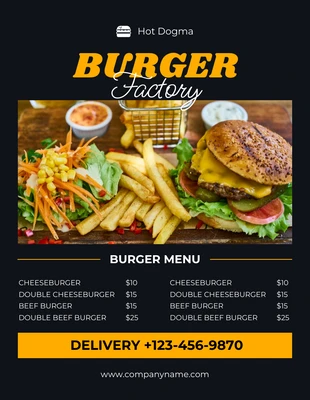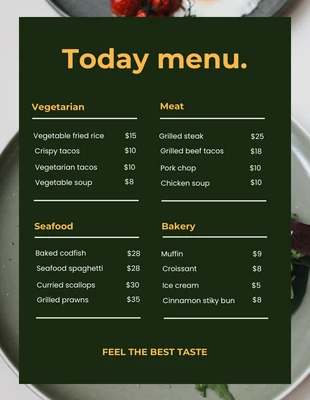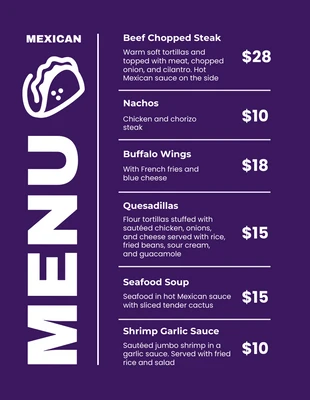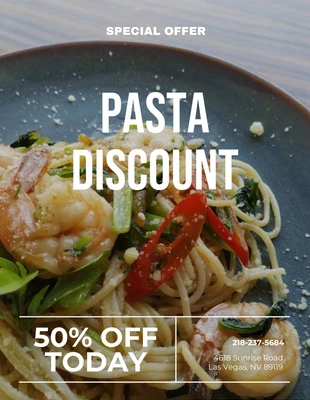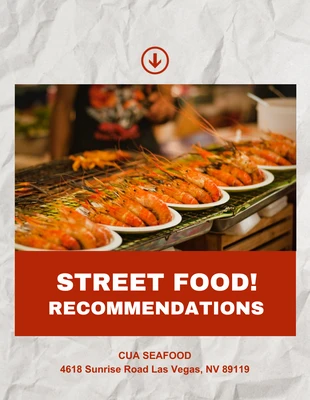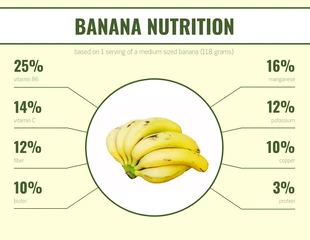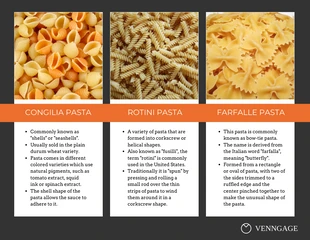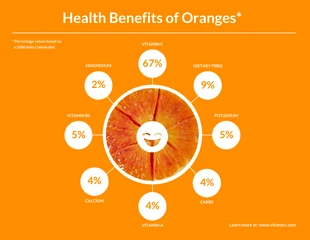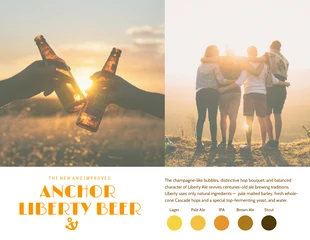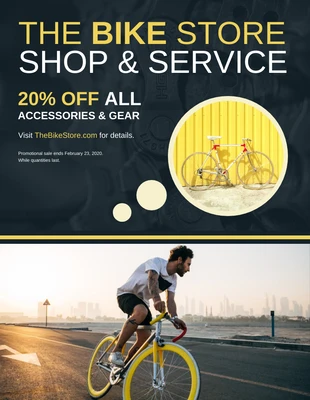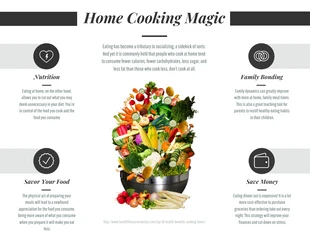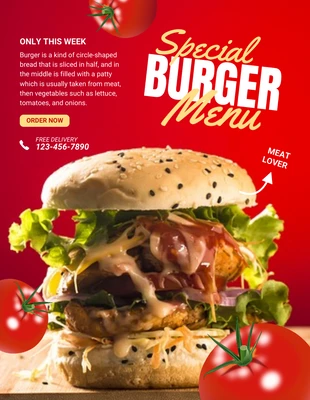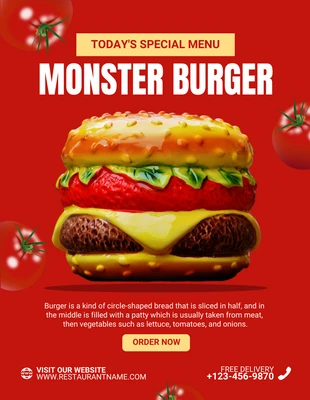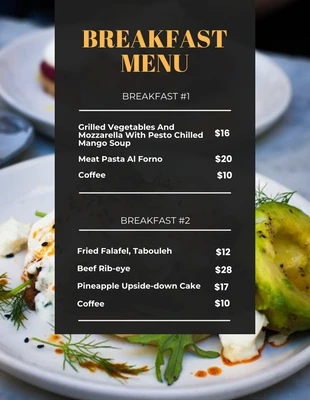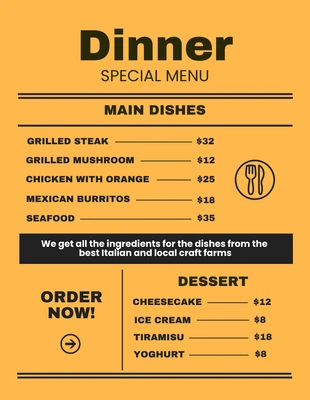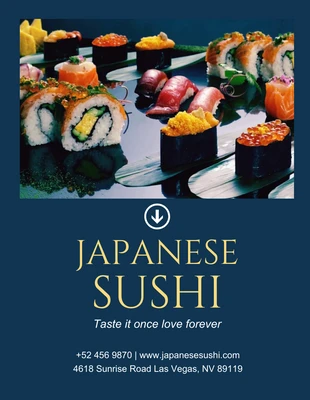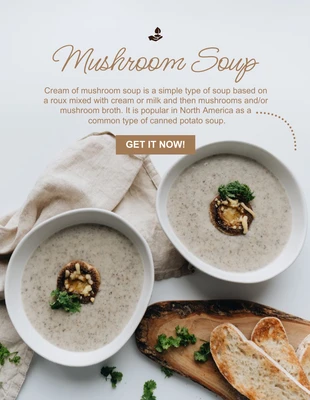Product Flyer Templates
Keep your audience interested and intrigued with your own product flyer using our professionally-designed product flyer templates.
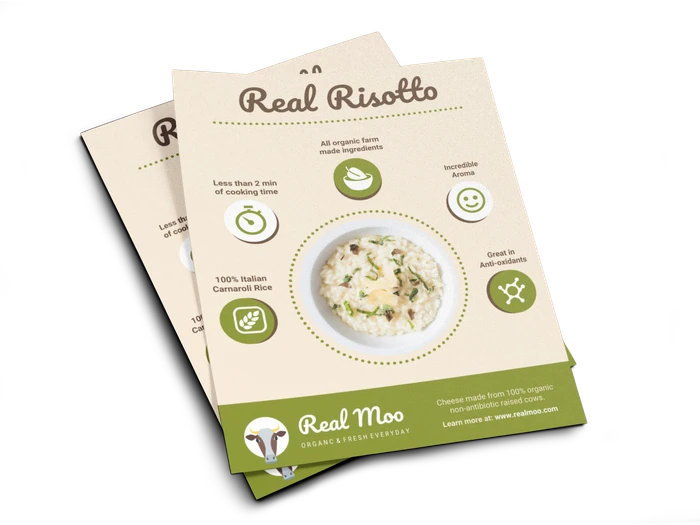
product flyers flyers
product flyers flyers
product flyers flyers
product flyers flyers
product flyers flyers
product flyers flyers
product flyers flyers
product flyers flyers
product flyers flyers
product flyers flyers
product flyers flyers
product flyers flyers
product flyers flyers
product flyers flyers
product flyers flyers
product flyers flyers
product flyers flyers
product flyers flyers
product flyers flyers
product flyers flyers
product flyers flyers
product flyers flyers
product flyers flyers
product flyers flyers
product flyers flyers
product flyers flyers
product flyers flyers
product flyers flyers
product flyers flyers
product flyers flyers
product flyers flyers
product flyers flyers
product flyers flyers
product flyers flyers
product flyers flyers
product flyers flyers
product flyers flyers
product flyers flyers
product flyers flyers
product flyers flyers
product flyers flyers
product flyers flyers
product flyers flyers
product flyers flyers
product flyers flyers
product flyers flyers
product flyers flyers
product flyers flyers
product flyers flyers
product flyers flyers
Popular template categories
- Infographics
- Brochures
- Mind maps
- Posters
- Presentations
- Diagrams
- Reports
- White papers
- Charts
- Resumes
- Roadmaps
- Letterheads
- Proposals
- Plans
- Newsletters
- Checklist
- Business cards
- Schedules
- Education
- Human resources
- Ebooks
- Banners
- Certificates
- Collages
- Invitations
- Cards
- Postcards
- Coupons
- Social media
- Logos
- Menus
- Letters
- Planners
- Table of contents
- Magazine covers
- Catalogs
- Forms
- Price lists
- Invoices
- Estimates
- Contracts
- Album covers
- Book covers
- Labels
- See All Templates
